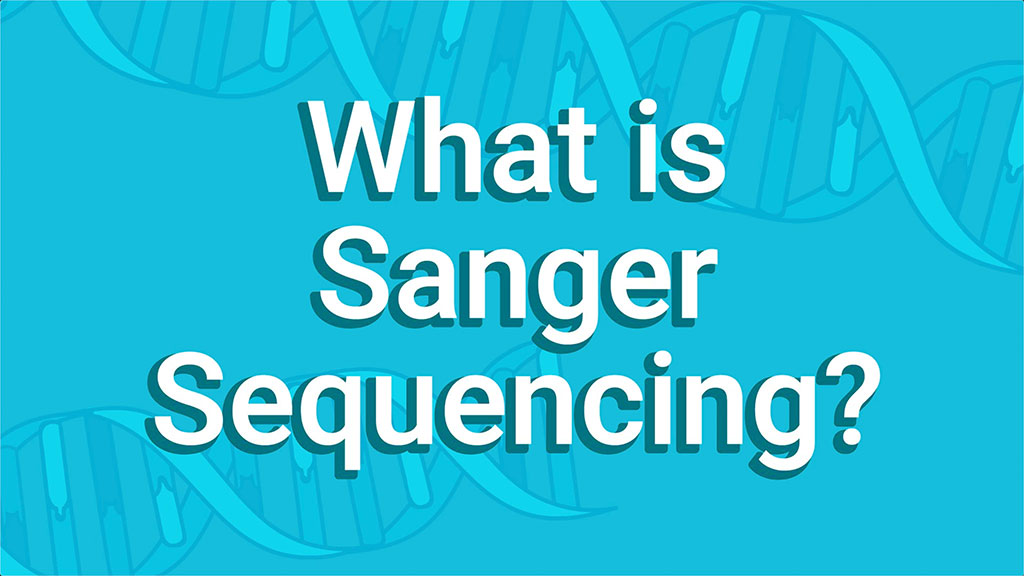Sanger Sequencing
The Spectrum Compact Capillary Electrophoresis (CE) System is a benchtop instrument designed for Sanger sequencing and fragment analysis. Spectrum Compact supports Sanger sequencing applications for verification of NGS base calls and is an efficient method to confirm successful genome edits in transformed cultures, as well as screen secondary clones for successful editing events using CRISPR-cas9 techniques.
Spectrum Compact is designed for use with existing sequencing chemistries using fluorescently labeled dideoxynucleotide triphosphate (ddNTPs) and 4-, 5- and 6-dye STR kits from Promega, and other commercially available kits.
Filter By
Shop all Sanger Sequencing
Showing 7 of 7 Products
An Introduction to Sanger Sequencing
In dye-terminator sequencing, a DNA primer is annealed to the template to be sequenced, and is extended using a DNA polymerase. The dNTP pool contains unlabeled A, C, G, and T deoxynucleotides, as well as dye-labeled dideoxynucleotides at lower concentrations. When a dideoxynucleotide is incorporated during chain extension, the absence of the 3’ hydroxyl group prevents further extension of the amplicon. The truncated product is then labeled with a fluorophore specific to the nucleotide at the termination position. In a completed reaction, there should be amplicons terminated at every position and labeled with the dye corresponding to the final nucleotide. After cleanup to remove unincorporated nucleotides, dyes, and primers, samples are analyzed by capillary electrophoresis to separate amplicons of different sizes.
Basecaller software is used to convert the raw electophoerogram into a basecalled electropherogram. Basecaller software applies a mobility correction specific to the sequencing chemistry to account for changes in amplicon electromobility due to the incorporated fluorophores.
The Spectrum Compact CE System allows separation and analysis of the DNA fragments generated in Sanger sequencing reactions.

